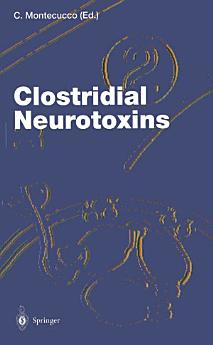Clostridial Neurotoxins: The Molecular Pathogenesis of Tetanus and Botulism
Cesare Montecucco
2013年11月 · Current Topics in Microbiology and Immunology 第 195 本图书 · Springer Science & Business Media
电子书
280
页
report评分和评价未经验证 了解详情
关于此电子书
Tetanus has been known from the very beginning of medical literature since it was first described by Hyppocrates of Cos in the fifth century B.C. For 24 centuries it was considered a neuro logical disease until the breakthrough of CARLE and RATIONE (1884) who demonstrated its infectious etiology. Following the establishment of purified cultures of Clostridium tetani(KITASATO 1889), FABER (1890), and TIZZONI and CATIANI (1890) demon strated that the disease is actually an intoxication caused by a proteic neurotoxin. This toxin was shown by BRUSHCHETIINI (1892) to move retroaxonally and to act at the spinal cord level. Soon thereafter VAN ERMENGEN (1897) demonstrated that botu lism is also due to intoxication with a protein toxin produced by bacteria of the genus Clostridium. These bacteria and their spores and ubiquitous, and the majority of them do not produce neurotoxins. The selective advantage of producing such potent toxin is still a matter of speculation (see Popoff, this volume). The next major advance was the discovery that tetanus neurotoxin 1 can be converted by formaldehyde treatment to a nonpathogenic but still fully immunogenic form, and that this can be used successfully as a vaccine to prevent tetanus (RAMON and DESCOMBEY 1925). Similar vaccines (toxoids) can be prepared with botulism neurotoxins (see MiDDLEBROOK and BROWN, this volume). The prevention oftetanus by vaccination (see Galatzka and Gasse, this volume) is one of the great successes of basic research coupled with an efficient public medicine service.
为此电子书评分
欢迎向我们提供反馈意见。
如何阅读
智能手机和平板电脑
笔记本电脑和台式机
您可以使用计算机的网络浏览器聆听您在 Google Play 购买的有声读物。
电子阅读器和其他设备
如果要在 Kobo 电子阅读器等电子墨水屏设备上阅读,您需要下载一个文件,并将其传输到相应设备上。若要将文件传输到受支持的电子阅读器上,请按帮助中心内的详细说明操作。







